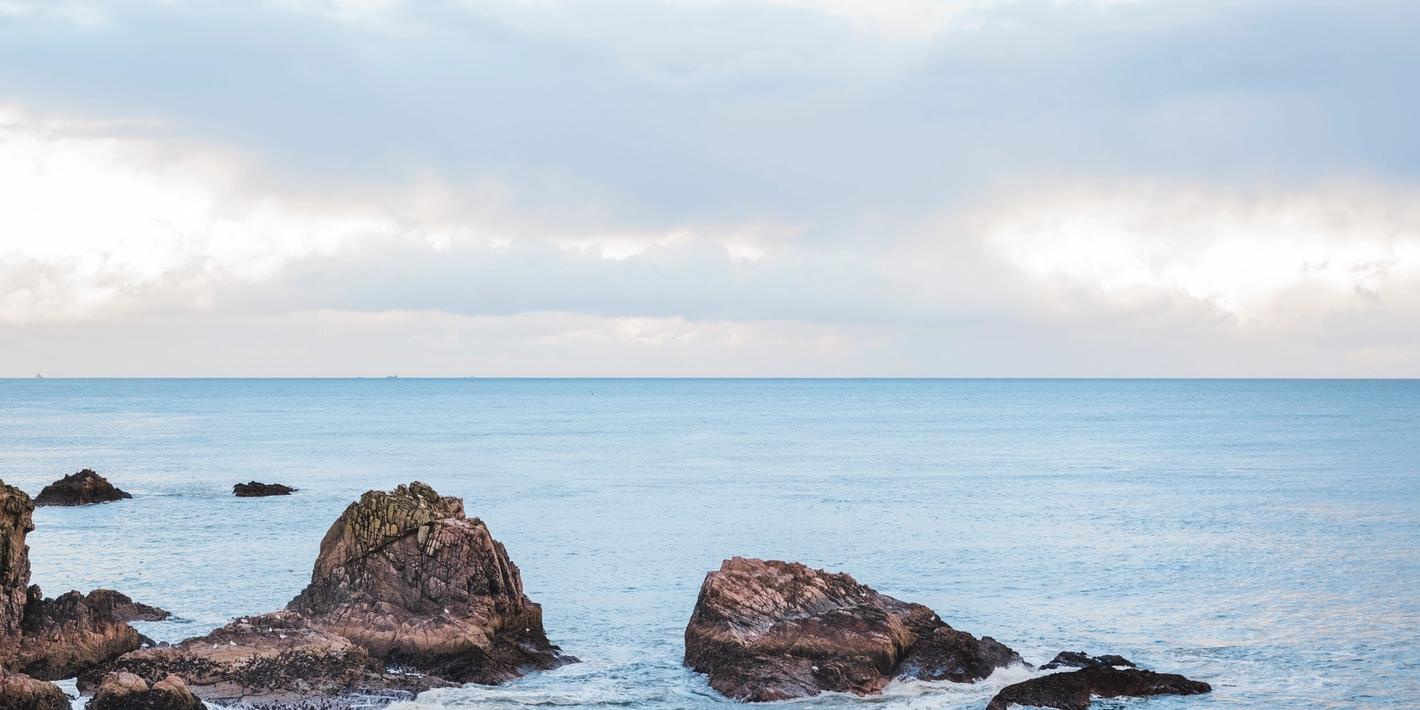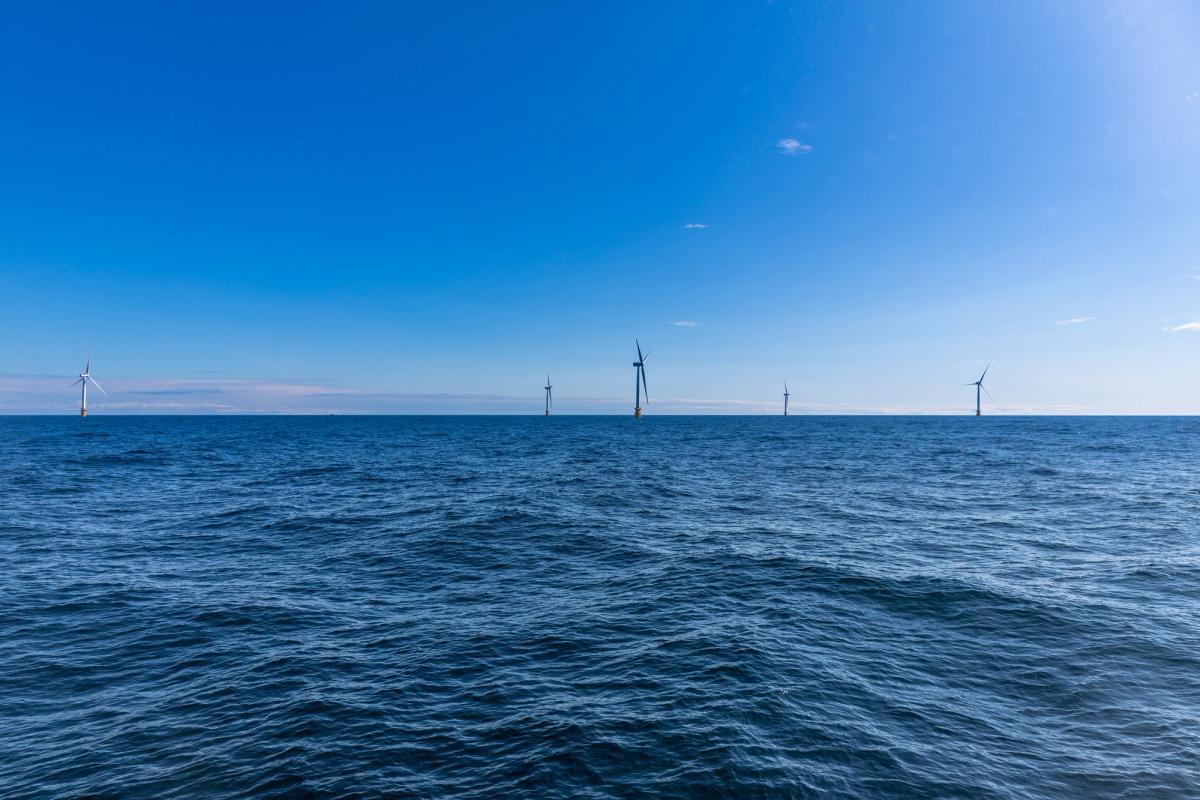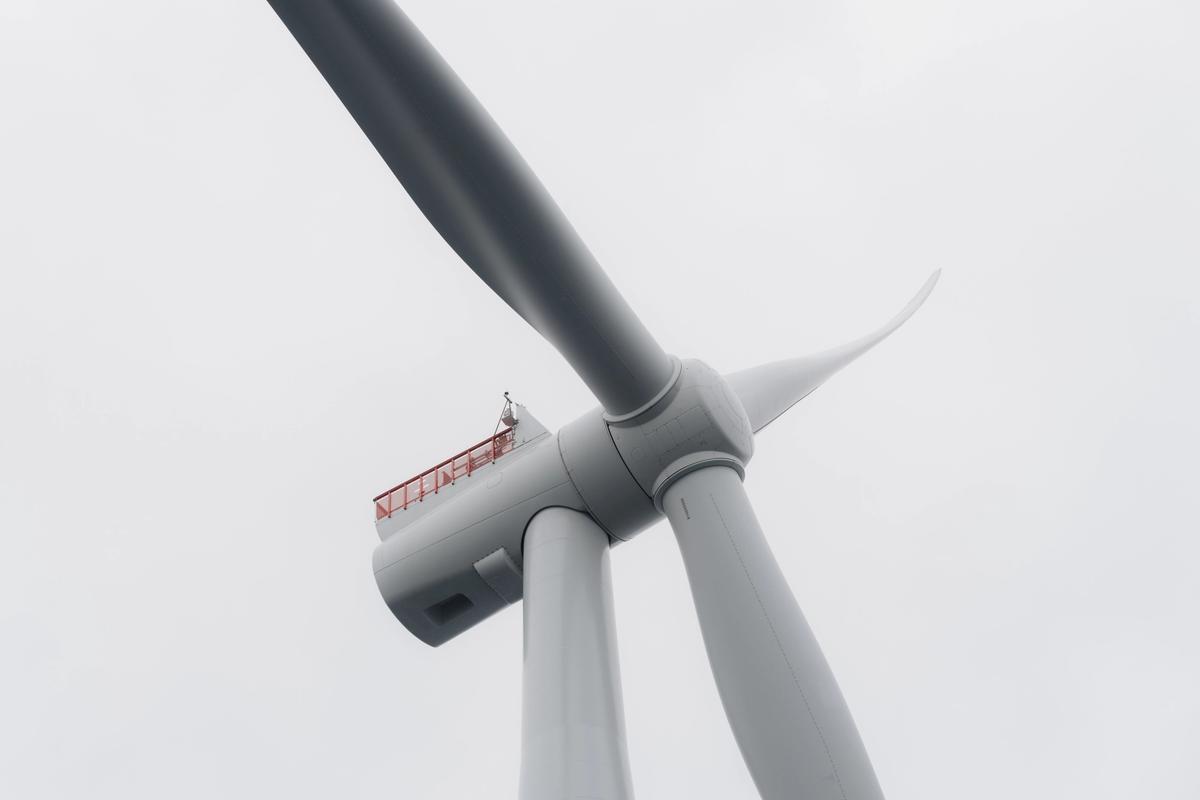With the Offshore Wind Strategic Monitoring and Research Forum (OWSMRF), which is being delivered by the Joint Nature Conservation Committee (JNCC), Equinor and other industry partners are identifying priority needs for improving understanding of the impact of offshore wind farms on marine birds in the UK. Research has focused on black-legged kittiwake, as well as a new group of species that are much less known – Manx shearwaters and storm petrels. Manx shearwaters and storm petrels are difficult to study due to their remote habitats and, in comparison with other species, very little is known about how they use the marine environment, how their populations are faring and how they interact with offshore wind farms.
A floating offshore wind farm has the potential to increase habitats and biomass opportunities in the Celtic Sea. Protecting and enhancing the environment for marine mammals is also a key part of our thinking.We are continuing to gather new data from our Hywind Scotland and Hywind Tampen assets, which continues to help mature and inform our developments.


